
Outline:
- Dropbox, PayPal, & Dell: What is in their histories?
- Apple, Usersnap, & Lucidworks: Brand storytelling as a fruitful marketing strategy
Every IT brand can tell a lot of incredible, inspirational stories. They can be (a) real histories of establishing businesses and climbing to their industries’ heights and (b) storytelling strategies successfully applied in the companies’ marketing. In this article, we will talk about both types of stories that an IT brand can introduce to the world.
-
Dropbox, PayPal, & Dell: What is in their histories?
We’d like to start with history, an inexhaustible source of impressive moments. Here are amazing stories of the enormous financial success of three IT companies – although it wasn’t always smooth sailing for their founders.
Dropbox
Dropbox was built solely to compensate for the forgetfulness of its founder Drew Houston: as an MIT student, he was forever forgetting his USB flash drive. That drawback led to his cloud-based storage solution with cross-platform synchronization. Forbes called Drew Houston ‘the entrepreneur who out-Steve Jobs’ed Steve Jobs.’ Houston spent years doing the unglamorous work of building not only a great product but a great company. One of the techniques he used to validate the concept for Dropbox is so powerful (and so simple) that most entrepreneurs overlook it. It’s an example of building a minimum viable product (MVP).
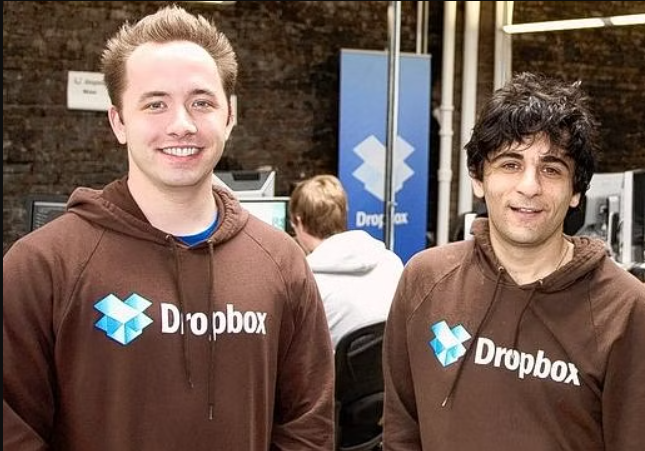
Their product required significant technical expertise to build: for example, it was vital to integrate Dropbox with a variety of computer platforms and operating systems (Windows, Macintosh, iPhone, and Android). Actually, Dropbox’s biggest competitive advantage is its seamless integration, which is almost unachievable for the competition to emulate.
In parallel with their product development efforts, the founders wanted customer feedback about what really mattered to them. The company needed to test the question of whether people would give their product a try if they could provide a superior customer experience because once you experience the solution, you can’t imagine how you ever lived without it. They rightly believed that file synchronization was a problem that most people didn’t know they had – this is not the kind of entrepreneurial question you can ask or expect an answer to in a focus group. Customers often don’t know what they want, and understanding the concept of Dropbox was difficult for them.
It was impossible to demonstrate the working software in a prototype form as the product required overcoming significant technical hurdles. To avoid the risk of waking up after years of development with a product nobody wanted, Drew Houston did something unexpectedly easy: he made a video. It was a banal, simple, 3-minute demonstration of how this technology was supposed to work, but it was targeted at a community of early adopters. Houston narrated the video personally, and as he described the files he’d like to synchronize, the viewer could watch his mouse manipulate his computer.
However, the trick wasn’t that simple. Suddenly, one started to notice that the files Houston was moving around were full of in-jokes and humorous references that were appreciated by this community of early adopters. Dropbox put in about a dozen Easter eggs tailored for its specific audience: references to Tay Zonday and ‘Chocolate Rain’, and allusions to Office Space and XKCD. It was a nod to that crowd and kicked off a chain reaction. Within 24 hours, the video had more than 10,000 views. In this case, the video became the minimum viable product. It drove hundreds of thousands of people to the website, and their beta waiting list went from 5,000 people to 75,000 people literally overnight.
PayPal
The story of one of the world’s largest internet payment platforms began in the late 90s when Max Levchin, a broke computer science graduate from Chicago, attended a lecture at Stanford University delivered by businessman Peter Thiel. Levchin proposed a business idea to Thiel that involved creating a library to encrypt schemes. Thiel was intrigued and agreed to invest a couple hundred thousand dollars as seed capital. The new venture was called ‘Field Link’. Soon the founders discovered that there was very little demand for the technology. Then, Thiel suggested the idea of using crypto technology to store money— a crypto analog of the ‘I Owe You’ contract. In 1998, they launched the business ‘Confinity’. The name’s genesis was the combination of two words: ‘confidence’ and ‘infinity’.
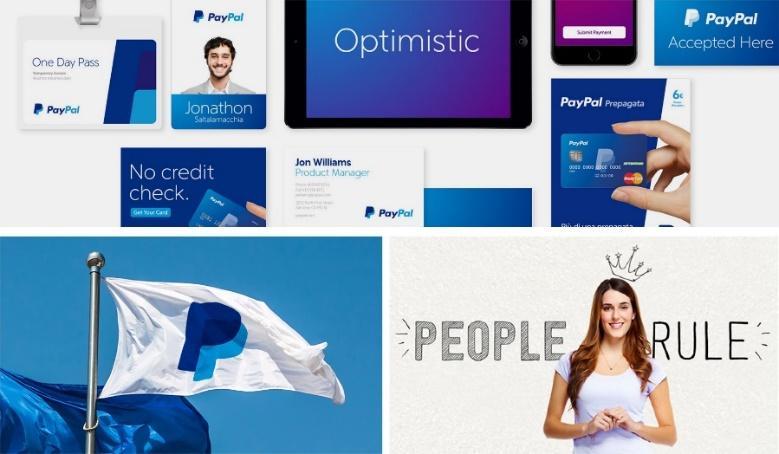
The concept proved an overwhelming success, growing at a rate of 10% per day in the early days. In March 2000, Confinity merged with X.com, the online banking company founded by Elon Musk, and X.com was renamed PayPal. Elon Musk’s instincts paid off: PayPal saw a rapid expansion between 2000 and 2002, growing from 1 million to 5 million users in a few months. In 2002, PayPal was purchased by eBay for a staggering $1.5 billion.
Dell Inc.
Michael Saul Dell was born on February 23, 1965, in the city of Houston, Texas. After finishing high school, Dell went to medical school to please his parents, who wanted him to become a doctor. However, he was always more interested in technology and started building and selling his own computers during college. Dell soon dropped out of college to focus on his business, a decision that proved to be very wise. In 1984, he founded PC’s Limited; three years later, the brand was renamed Dell Computer Corp. The enterprise had a rapid rise in the market and brought in $6 million in its first full year of business in 1984, in addition to contributing directly to immense changes in the IT area.
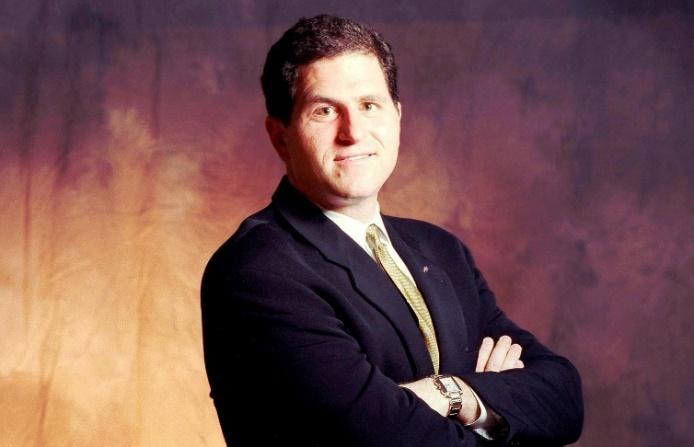
According to Forbes, Michael Dell is currently the 26th richest person in the world, with a net worth of $48.4 billion. He is also known for his philanthropy: in 1999, he and his wife Susan set up the Michael and Susan Dell Foundation. The charity focuses on education, childhood health, and economic stability.
-
Apple, Usersnap, & Lucidworks: Brand storytelling as a fruitful marketing strategy
Let’s now have a look at how three more IT companies employ brand storytelling and brand personalities to boost their marketing strategies and inspire their customers.
Apple
Apple’s iconic storytelling is central to its brand. Apple is more than just a computer company—there’s a reason people sleep outside in the streets lining up for the latest iPhone. Loyalty comes from the feeling of connectivity that Apple has created through its brand network.
Apple helps its customers stay connected with the world around them and, more importantly, their loved ones. Simply put, Apple makes technology ‘human’. By connecting with customers on an emotional level, they’ve turned customers into fans and fans into brand advocates. People get excited to talk about their new Apple products to everyone and anyone, and that only comes from creating a story that people want to share. Audiences are looking for that emotional connection, emotional punch.
Apple has global brand equity and awareness due to the same strong brand storytelling applied in its marketing strategy. For decades, Apple has built on the same roots: ‘Think Different’. Steve Jobs wanted Apple to convey the message: ‘The ones who are crazy enough to think that they can change the world are the ones who do.’ To this day, this is the type of attitude that Apple wants to support with its products and its services. For instance, in the ‘Apple at Work’ campaign, videos align with the overarching message built decades ago.
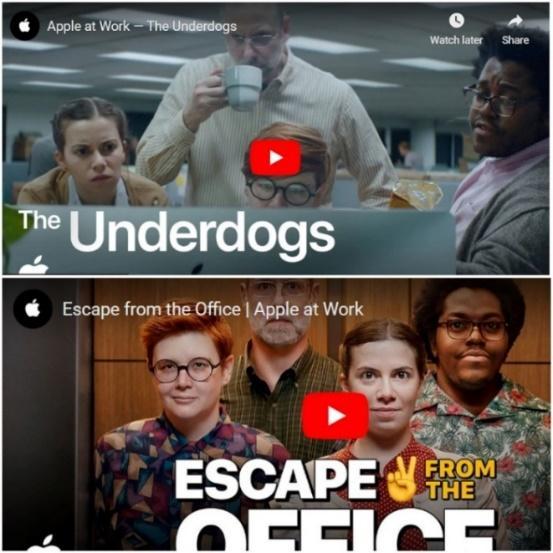
Another important concept is Apple’s personality. A brand personality is essentially the human characteristics associated with a brand, and just like people, a brand without any personality is boring and won’t appeal to many. Social psychologist Jennifer Aaker coined the brand ‘personality framework’; it groups brand personalities into five broad categories: sincerity, excitement, competence, sophistication, and ruggedness. Let’s see how Apple makes sure that every element of its marketing strategy communicates chosen personality traits.
The people featured in any imagery they use are all fresh-faced, young, modern, and cool. This is precisely the sort of person they want to be associated with, so this imagery makes them more relatable to their target market. Chances are, most millennials you come across own one or more Apple products.
If Apple had to place itself under one of Jennifer Aaker’s categories, it would probably sway towards the ‘Competence’ category due to its reliable, innovative, high-quality products, packaging, marketing, software, and customer service. Competence is the category that most IT companies gravitate towards; however, with their quirky, eye-catching ads and imagery, Apple is one of the few that has been able to develop a unique, modern, and fun personality, which includes an element of the ‘Excitement’ category, too. We all remember the iconic 2003 iPad ad with the dancing silhouettes. It’s an image of pure excitement and joy, right?
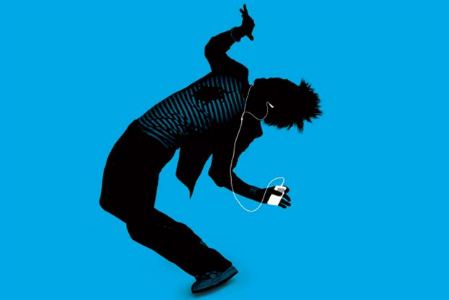
Usersnap
This Austrian start-up quickly became the #1 SaaS customer feedback solution, and not only because of its lovely corporate design, UX/UI, seamlessly easy-to-use and easy-to-install product, or their G2 best-in-class customer support. They are bringing a diverse feedback tool with a reasonable price point to companies of all sizes.
What is Usersnap’s brand, positioning, and corporate storytelling? Usersnap is great at collecting and using multiple types of feedback to make better product decisions for product managers, CS/CX’ers, software engineers, and project managers. Those in the software industry know about Usersnap because they tell real stories of their growth—often a complicated process:
- They craft content showing how they use their product to foster business success;
- They share the results of their customer research to ‘unlock a $300 million market’ with the jobs-to-be-done framework;
- They run a virtual summit with 50+ speakers and a talk by their Head of Growth on what they did to transform their product;
- They publish their ‘State of CX Report’, showing that companies with a CX strategy increase their revenue 3x.

Usersnap is a good example of a B2B SaaS company that knows how to speak to its audience and provide them with valuable insights based on its story and journey in the digital world. They’re one of the more active content marketing brands in their space, and rightfully so: they’ve got a lot to say about customer feedback!
Lucidworks
The brand story of Lucidworks runs the following: ‘The more you know, the safer you are.’ This company builds AI-powered search and discovery applications that help brands dig into their data. Why is it important? So that brands can do things—identify unique customer behavior patterns or detect fraud—hugely beneficial things, even if they don’t sound particularly sexy. Naturally, translating that into interesting brand storytelling can be a challenge. However, Lucidworks takes a smart approach: it creates brand content that educates people in new and exciting ways and tells inspiring stories.
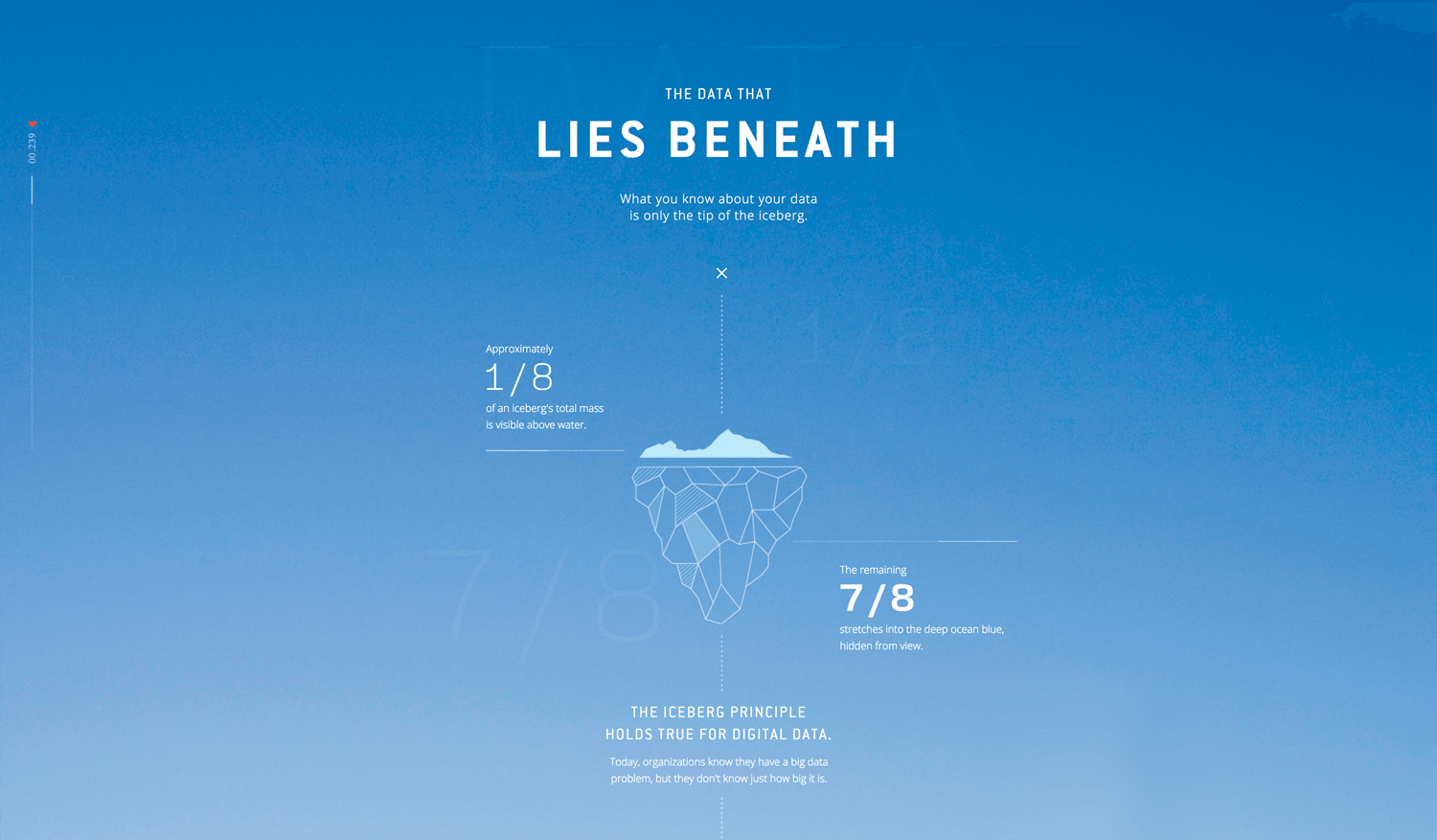
For example, ‘The Data That Lies Beneath’ is a unique interactive that helps people learn about dark data—presented in a far more exciting package than a static pamphlet. By experimenting with different mediums, Lucidworks is able to tap into storytelling that captures attention and creates a connection with its customers, be it on its social media, ads, or website.
Conclusion
No matter what story your brand wants to tell—be it a heart-wrenching history of its founders and early, not-so-easy times, a bright picture of a better future for prospective customers, or a witty homage to an ever-growing community of tech lovers—sprinkle it with a human touch and share it with the world. Let it live its own life online, and eventually, it will win millions of prospective consumers’ hearts.
No comments found for this post.Additional Articles
-

You already know everything about Sonerim’s history. Now, it’s time to find out a couple of interesting facts about our spirit, that is, our corporate culture, values, structure, and team. Here we go!
-
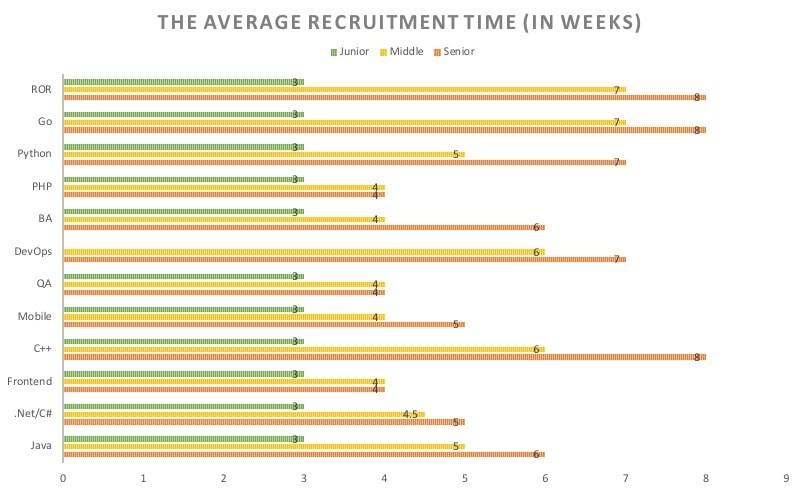
Are you a solo entrepreneur looking to hire a software developer for your project? It might seem a challenge to attract and review software developers without being a developer yourself. However, if you have a solid hiring strategy, it’s not a problem to find a specialist who will fit the role and the team.
-

Employing a full-fledged software development team may not be possible for start-ups and medium-sized businesses, sometimes even for big enterprises. To overcome a lack of in-house programmers, companies resort to outsourcing software development. Let’s take a closer look at the ever-growing practice of outsourcing and consider its advantages and disadvantages.